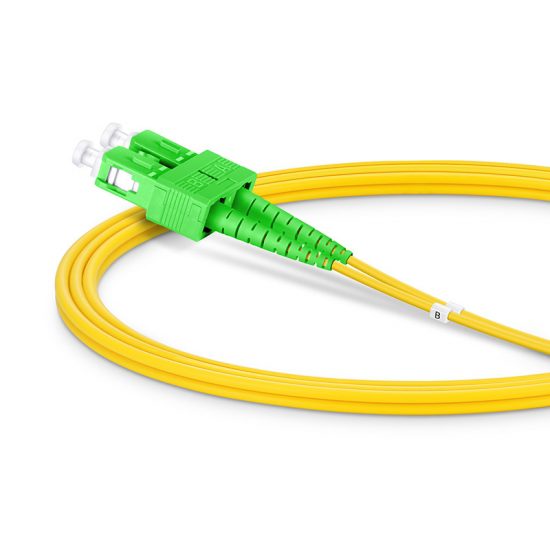Fiber optics is a technology that uses thin strands of glass or plastic to transmit data over long distances. These fibers are extremely thin, measuring only a few hundred micrometers in diameter, and they are able to transmit light over great distances with very little loss of signal strength. This makes fiber optics a powerful tool for the telecommunications industry, as it allows for faster and more reliable communication over long distances.
One of the biggest advantages of fiber optics is its high bandwidth capacity. Traditional copper cables, which are used in most telephone and cable television systems, have a limited bandwidth capacity. This means that they can only transmit a certain amount of data at a time. Fiber optics, on the other hand, can transmit huge amounts of data at once, making it possible to transmit high-definition video, high-speed internet, and large amounts of data simultaneously.
Another advantage of fiber optics is its immunity to electromagnetic interference (EMI). Copper cables are susceptible to EMI, which can cause disruptions in the signal and affect the quality of the communication. Fiber optics, however, is immune to EMI, making it a more reliable option for critical communication systems, such as emergency services and military applications.
Fiber optics also has a much longer lifespan than copper cables. Copper cables can degrade over time, causing disruptions in the signal and requiring costly repairs or replacements. Fiber optics, on the other hand, is much more durable and can last for decades with proper care and maintenance. This makes it a more cost-effective option in the long run, as it reduces the need for frequent repairs and replacements.
Fiber optics is also more secure than copper cables. Because the signals transmitted over fiber optics are in the form of light, it is much more difficult for unauthorized parties to intercept or manipulate the data. This makes it a preferred option for sensitive communication systems, such as government and financial institutions.
Fiber optic technology is increasingly being used in many areas of the telecommunications industry, including internet service providers (ISPs), cable television providers, and telephone companies. ISPs are using fiber optics to provide faster and more reliable internet service to customers. Cable television providers are using fiber optics to transmit high-definition video and other multimedia content. Telephone companies are using fiber optics to provide high-quality voice communication services.
Fiber optics is also being used in other industries, such as healthcare, transportation, and energy. In healthcare, fiber optics is used to transmit high-definition medical images and data, allowing doctors and specialists to make more accurate diagnoses. In transportation, fiber optics is used to transmit real-time traffic and weather information to drivers and other transportation professionals. In the energy industry, fiber optics is used to monitor and control the distribution of electricity.
Overall, fiber optics is transforming the telecommunications industry by providing faster and more reliable communication, increased bandwidth capacity, immunity to EMI, longer lifespan, security and cost-effectiveness. This technology has also made it possible for other industries to take advantage of its benefits, leading to a more connected and efficient world. With the continuing growth of data usage and demand for higher bandwidth, fiber optics is expected to play an even more important role in the telecommunications industry in the future.



